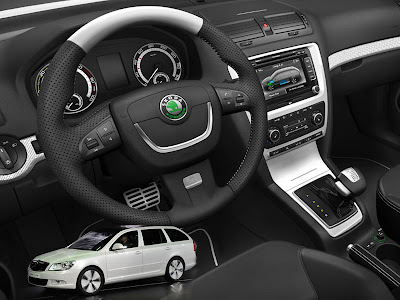Youngho Jong has put together a design for a 2025 Saab Concept that combines the elements of nature and human psychology fit to warn other vehicles of any impending danger. The 2025 Advanced Warning System Vehicle concept is a four door saloon that comes with various warning signals to alert other drivers when he vehicle is getting too close or is driving recklessly. The same amber slips are found on the front and sides of the vehicle. Jong took his inspiration from nature’s Fire Salamander, which uses its bright, menacing colours to ward off potential predators.
Mixes Science and Nature, The Korean design student Youngho Jong is looking towards Saab’s future with his 2025 Advanced Warning System Vehicle concept, a rakish, four-door sport saloon with sport coupe-like styling.
Jong’s goal was to design a vehicle that would warn other drivers of impending danger. With his research showing that 50% of vehicles accidents are caused by carelessness, excessive speed and tailgating, Jong wanted to create a car that would warn other drivers to back off and drive with care.
Jong also mentions that the coolest part of this Concept Car - Saab Sports Sedan Concept By Youngho Jong Design is the body that is made of a soft, impact absorbing material that reduces pedestrian injuries and vehicle damage in collisions. He incorporate sharp edges and the colours red and yellow to further emphasises the possible danger.
All of this, it’s a very clever, if far-fetched solution to a very real problem we face in the world today. The technology isn’t quite there yet, but it’s not too hard to believe that cars twenty years hence will use a system like this.







Concept Car - Saab Sports Sedan Concept For 2025 By Youngho Jong Design







Concept Car - Saab Sports Sedan Concept For 2025 By Youngho Jong Design





































